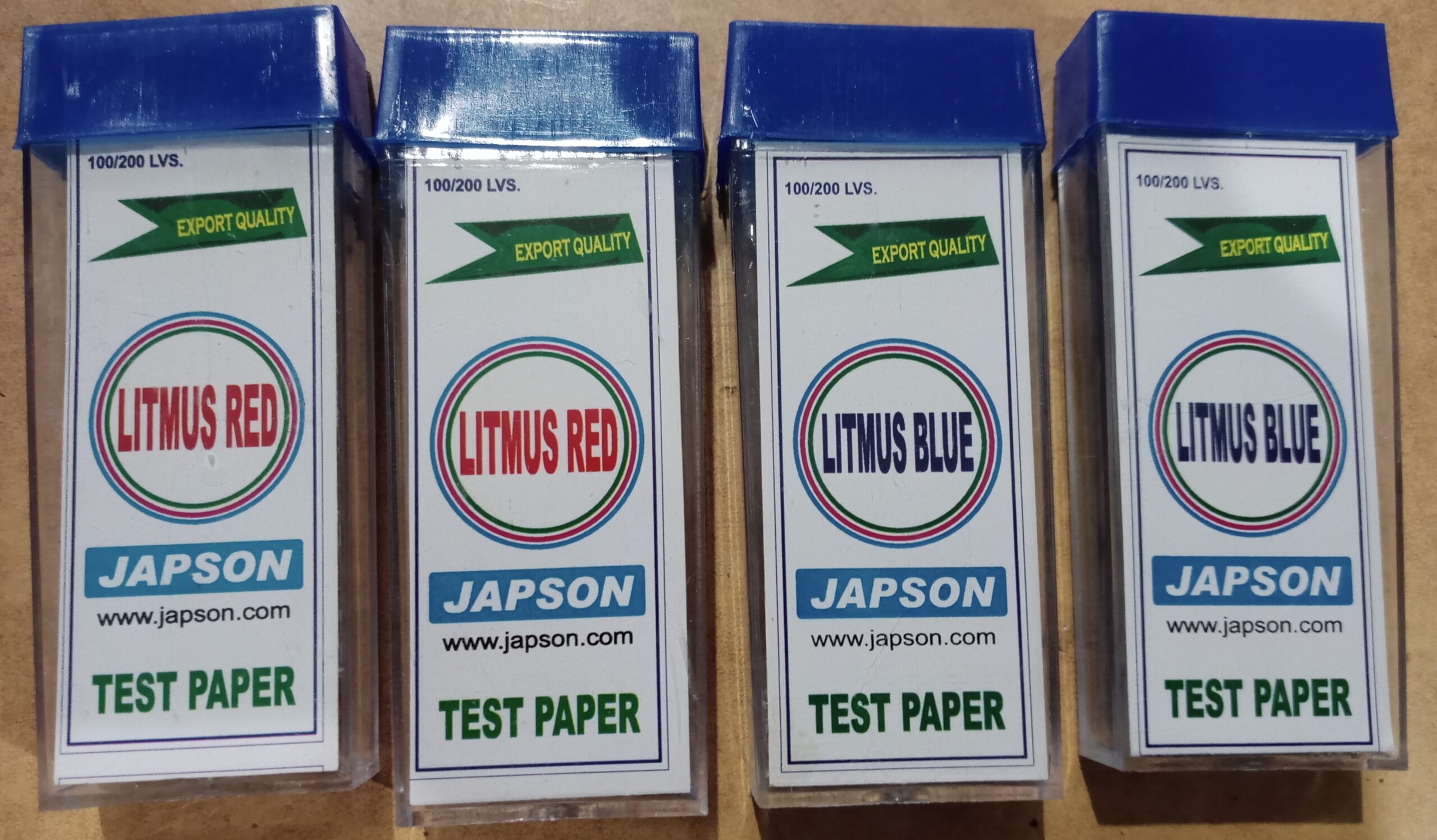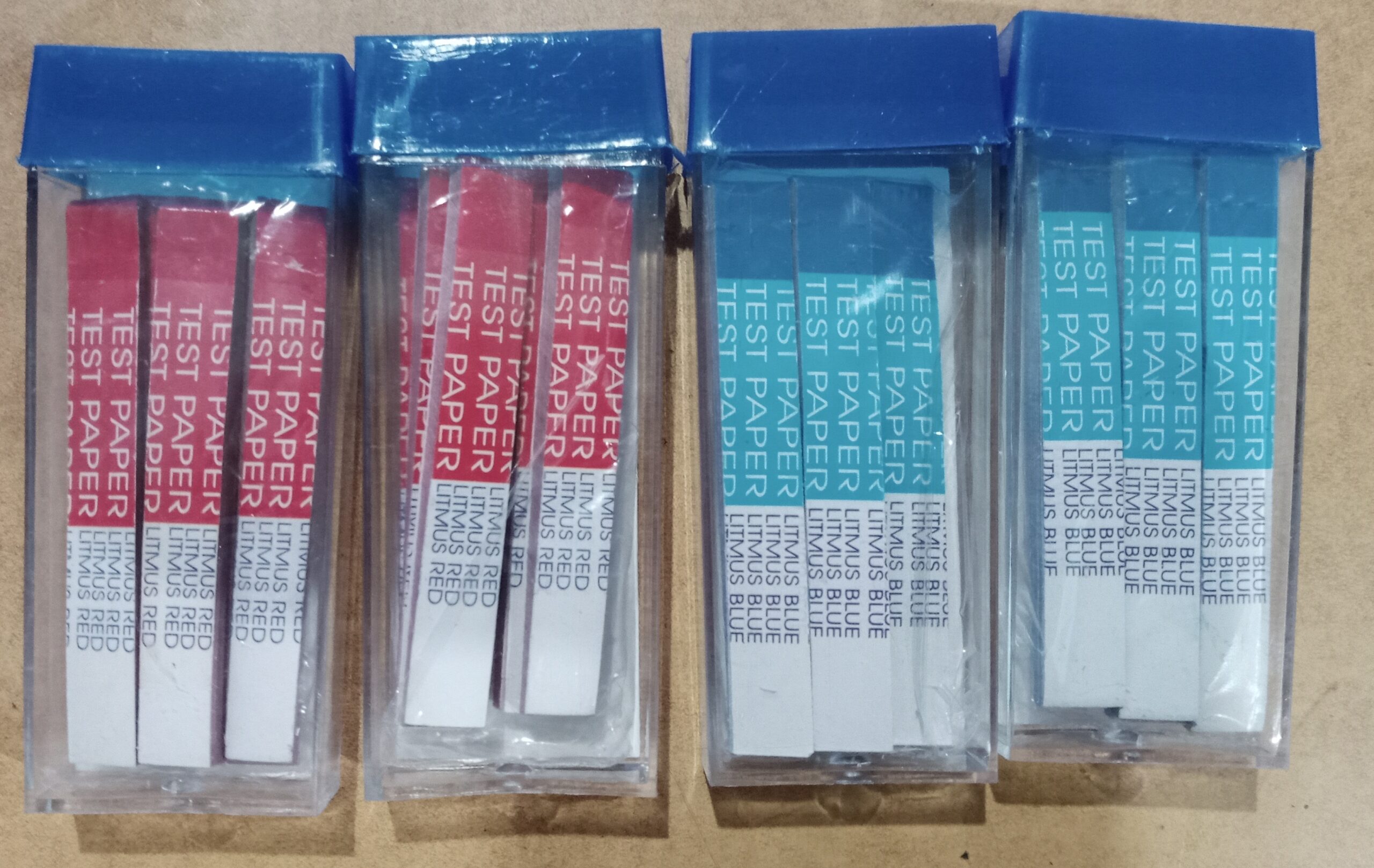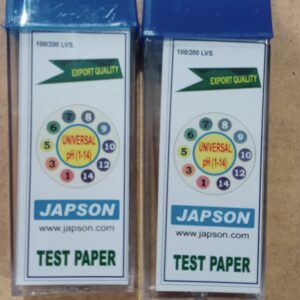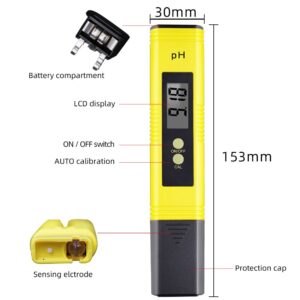Litmus papers to sell in Sri Lanka
Usually, litmus paper is either red or blue. Red paper turns blue when the pH is alkaline, while blue paper turns red when the pH turns acidic.
While litmus paper is most often used to test the pH of liquids, it can also be used to test gases if the paper is dampened with distilled water before exposure to the gas.
To perform the test, place a drop of liquid sample on a small strip of paper or dip a piece of litmus paper in a small specimen of the sample. Ideally, don’t dip litmus paper in an entire container of a chemical—the dye could contaminate a potentially valuable sample.
The litmus test is a quick method of determining whether a liquid or gaseous solution is acidic or basic (alkaline). The test can be performed using litmus paper or an aqueous solution containing litmus dye.
Initially, litmus paper is either red or blue. The blue paper changes to red, indicating acidity somewhere between the pH range of 4.5 to 8.3. (Note that 8.3 is alkaline.) Red litmus paper can indicate alkalinity with a change to blue. In general, litmus paper is red below a pH of 4.5 and blue above a pH of 8.3.
If the paper turns purple, this indicates the pH is near neutral. Red paper that does not change color indicates the sample is an acid. Blue paper that does not change color indicates the sample is a base.
Remember, acids and bases refer only to aqueous (water-based) solutions, so pH paper won’t change color in non-aqueous liquids such as vegetable oil.
Litmus paper may be dampened with distilled water to give a color change for a gaseous sample. Gases change the color of the entire litmus strip since the whole surface is exposed. Neutral gases, such as oxygen and nitrogen, do not change the color of the pH paper.
Litmus paper that has changed from red to blue can be reused as blue litmus paper. Paper that has changed from blue to red can be reused as red litmus paper.






Reviews
There are no reviews yet.